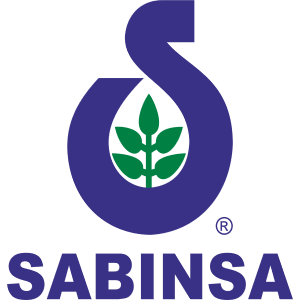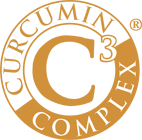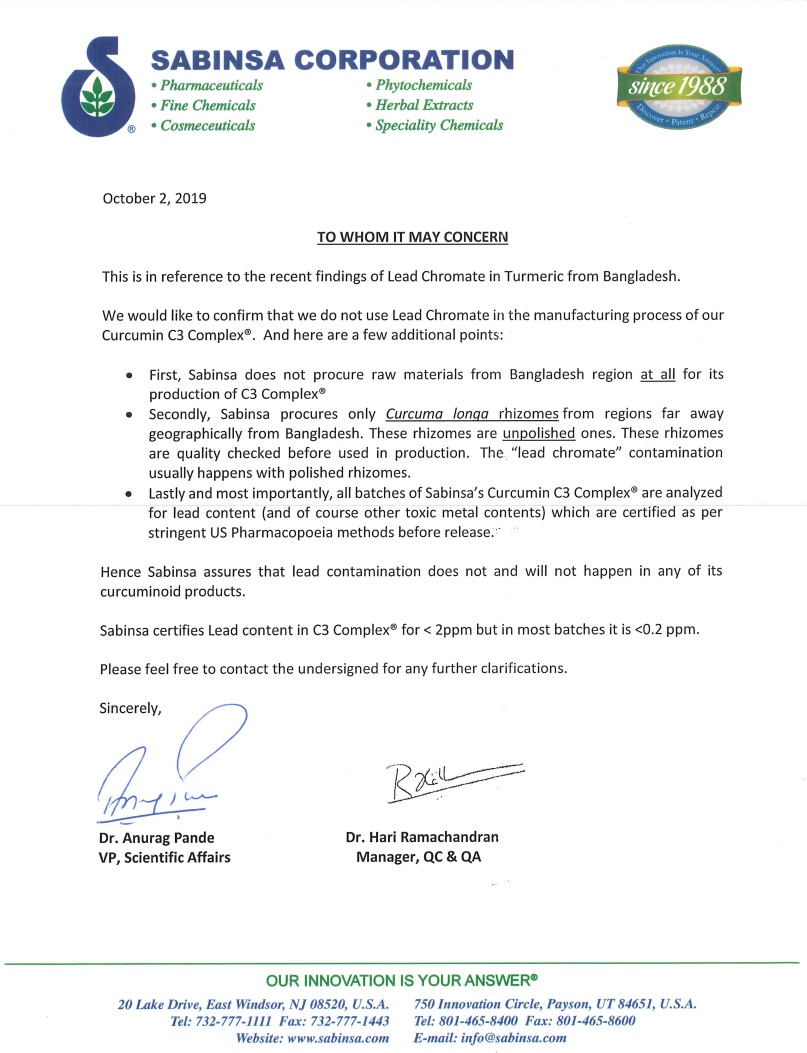Summary of the article
“Stanford researchers find lead in turmeric’
23 September 2020
(Published in Stanford website https://news.stanford.edu/2019/09/24/lead-found-turmeric)
Researchers from Stanford University, International Centre for Diarrhoeal Disease Research, Bangladesh and Johns Hopkins University were investigating the causes of high levels of lead (Pb) in bloodstream of the Bangladeshi population, a source of serious health concerns. They analyzed various possible source of Pb intake such as food containers, food components (turmeric) and other material viz., clay soil or ash.
By measuring the Pb radioisotope level in the blood samples and possible source for lead contamination they come to conclusion that turmeric is the source of lead, which is leading to increased Pb levels in the bloodstream of majority of the Bangladeshi population. They identified the source of high levels of Pb in turmeric as being from a colorant, Lead chromate (PbCrO4). Lead chromate is a yellow colored pigment which some suppliers use to enhance the color of turmeric.
Also the researchers publicized the study to warn consumers and regulatory agencies around the globe to be alert for lead toxicity from turmeric products.
During 1980s, due to the massive flood, turmeric crops are becomes wet and dull in colour. Demand for yellow coloured Turmeric let the processors adulterated with synthetic yellow pigment (Lead chromate) to acheive desirable color.

- The researchers analyzed several potential sources from which the lead contamination is possible
- The selected sample size of the study is relatively small, making it difficult to generalize the measured source Pb concentrations and the reported consumption behaviors to population
- The study says the adulteration is happening in the samples distributed in Bangladesh but not in product exported from Bangladesh
- The samples collected were produced in local small scale manufacturers (unbranded) and sold by the local vendors.
- No commercial curcumin extract has been found to contain Pb contamination. The researchers are alerting consumers to be careful in choosing turmeric products but are not suggesting that every turmeric product is contaminated or that turmeric itself contain high levels of lead
Link for the original article https://pubs.acs.org/doi/pdf/10.1021/acs.est.9b00744
Sabinsa’s Curcumin C3 Complex® is standardized to contain a minimum of 95% curcuminoids obtained from the dried rhizomes of Curcuma longa, cultivated in controlled-contract farmlands with good agricultural practices. It is manufactured in FDA inspected facilities. The product is stringently tested to be free from pesticides, over one hundred of them. Every batch shall is analyzed to confirm its natural, non-synthetic origin through radiocarbon testing. Its quality and performance have been confirmed by over three decades in the marketplace, with hundreds of millions of doses sold.
The pharmacopoeial standards of endorsed by the US Pharmacopoeia was developed by Sabinsa’s scientists. The trend analysis for lead content in Curcumin C3 Complex® showed not more than 2 ppm in all lots manufactured by Sabinsa. Curcumin C3 Complex is an international award-winning ingredient and the most clinically studied Curcumin brand available today.











